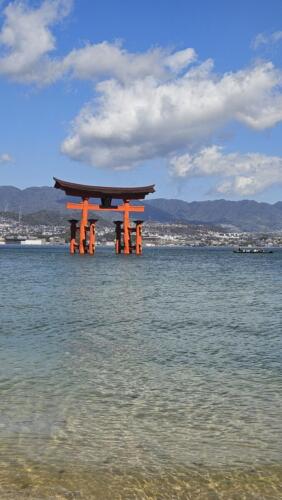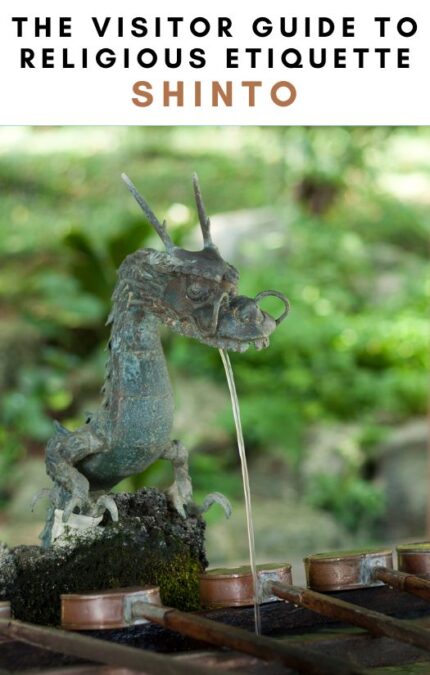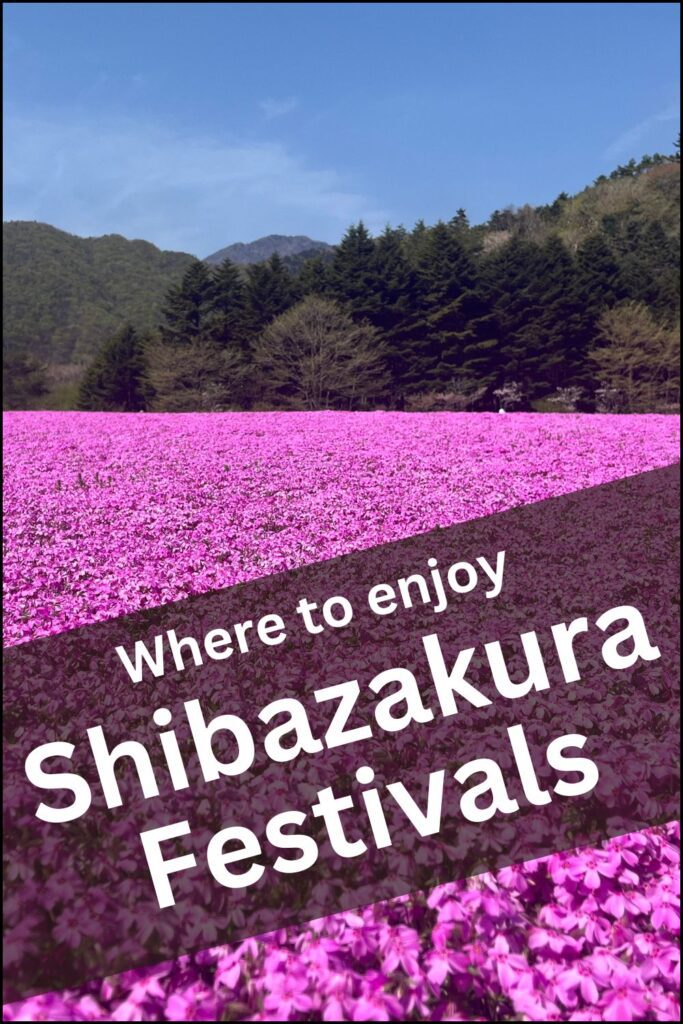Miyajima Island, officially known by its historical name of Itsukushima, is a stunning retreat in Hiroshima Bay, Japan. It is one of the most popular tourist attractions in Japan, with visitors often doing the “Golden Route” of Tokyo, Kyoto, and Hiroshima and ending with a visit to Itsukushima.
The island is mostly known for its iconic “floating” torii gate, but Itsukushima is packed with sights to see, and as a whole is a destination that weaves together natural beauty and profound spirituality.
Here you will find a comprehensive guide to help you make the most of your visit, covering ferry tickets, timetables, weather, an overview of the sites, the best time to visit, and some tips to enhance your journey.
Basic info
Itsukushima Island is located in the Hiroshima Prefecture of Japan, about 1.5 km from the coast.
The island is historically significant and revered for its stunning natural beauty.
Itsukushima is open year-round, allowing visitors to experience all the diverse and beautiful seasons of Japan.
It attracts between 1 and 4 million visitors annually, who are drawn to it for its lush forests, scenic hiking trails, traditional Japanese architecture, and most of all, the Miyajima Shrine with the iconic “floating” gate and the culturally important temple of Daisho-In.
About
Miyajima, meaning “shrine island”, has a history steeped in spirituality and nature worship. It was designated UNESCO World Heritage Site in 1996 and attracts millions of visitors each year.
The highlight of the island is Itsukushima Shrine, dedicated to the three daughters of Susano-o no Mikoto, the Shinto god of seas and storms.
First built in the 6th century, the Taira clan, particularly Taira no Kiyomori, expanded the current complex in the 12th century. The shrine’s design, characterized by its wooden structures built on stilts over the bay, aims to create a sense of floating during high tide, symbolizing the sacred boundary between the human world and the divine.
Of equal importance is Daisho-in Temple, one of the oldest and most significant temples in western Japan, founded in 806 AD by Kobo Daishi himself, the founder of Shingon Buddhism in Japan.
Daisho-in Temple has been an integral part of Miyajima’s spiritual landscape for over a millennium. Historically, it was the head temple of the Chugoku region and has served as a center for both pilgrims and monks.
Daisho-in Temple stands at the base of Mount Misen, the tallest mountain on Itsukushima Island, which has been a sacred mountain for centuries. The mountain is dotted with historical sites and relics that reflect its spiritual legacy and importance. It is also rich in biodiversity and there are numerous trails and hiking opportunities that allow you to enjoy the natural beauty and have panoramic views of the island below.
To top it all off, the island has many free-roaming deer, which peacefully walk among the parks, gardens, and town streets. These animals, considered messengers of the gods in Shintoism, add a unique charm to the atmosphere, and their presence only heightens the tranquil serenity of this spiritual island.
Key Attractions on Miyajima
You may find an interactive map with 3D navigation here at Miyajima Tours
- Itsukushima Shrine
- Highlight: Famous for its “floating” torii gate.
- Admission: ¥300 for adults, ¥100 for children.
- Visiting Hours: 6:30 AM to 6:00 PM (Hours may vary slightly by season).
- Tip: Visit during high tide to see the gate appear to float on the water and during low tide to walk out to the gate itself.
- Daisho-in Temple
- Highlight: One of the most prestigious Buddhist temples in the region, known for its peaceful atmosphere and spiritual significance.
- Admission: Free, but donations are appreciated.
- Visiting Hours: 8:00 AM to 5:00 PM.
- Tip: Take your time walking through the temple grounds, spinning the prayer wheels, and exploring the Henjokutsu Cave.
- Mount Misen
- Highlight: Offers breathtaking panoramic views and several hiking trails.
- Access: You can either hike up (approximately 1.5-2 hours) or take the Miyajima Ropeway.
- Miyajima Ropeway operating hours: 9:00 AM to 5:00 PM (extended during peak seasons).
- Ropeway Ticket: Round trip ¥1,800 for adults, ¥900 for children.
- Tip: Wear comfortable hiking shoes and bring water. The view from the summit is particularly beautiful at sunset.
Other sightseeing spots are the Daigan-ji temple, the Five-stories Pagoda dedicated to the deity of Medicine, the unpainted Hokoku Shrine. There is also an Acquarium where you can see large-scale marine life.
Getting There
There are two primary ferry operators that connect the mainland to Miyajima Island: JR West Miyajima Ferry and the Matsudai Kisen Ferry. Both depart from Miyajimaguchi Pier and the traversal lasts around 15 minutes.
- JR West Miyajima Ferry:
- Operating Hours: 6:25 AM to 10:42 PM with departures every 15 minutes.
- Ticket Price: ¥180 one-way for adults, ¥90 for children. Tickets can be purchased at the automated vending machines or counters. Japan Rail Pass holders can use this ferry for free.
- Matsudai Kisen Ferry:
- Operating Hours: 6:25 AM to 10:40 PM with departures approximately every 15 minutes.
- Ticket Price: ¥180 one-way for adults, ¥90 for children. Tickets can be purchased at the automated vending machines or counters. Not covered by the Japan Rail Pass.
These are the direct ferries but there are also longer sightseeing cruises that depart from Hiroshima.
Tickets
- Itsukushima Shrine
- ¥300 for adults, ¥100 for children.
- Daisho-in Temple
- Admission is free, but donations are appreciated.
- Mount Misen
- Ropeway Ticket: Round trip ¥1,800 for adults, ¥900 for children.
Since October 1st 2023 a small fee of ¥100 to visit the island has been introduced, aimed to combat over-tourism and help to maintain the natural beauty of the island.
Getting around
As you approach the island by ferry, the sight of the shrine’s O-torii Gate (Grand torii gate), seemingly floating on the shimmering water, is a vision that captures the heart. This “floating” gate is symbolic not only for its ethereal beauty but also for what it represents—a gateway to the divine.
Undoubtedly, the Grand Torii Gate is the highlight of the shrine. It is one of the largest in Japan, standing 16 meters and 200 meters out into the water. During high tide, it appears to float, while low tide allows visitors to walk right up to its base. This dichotomy offers two unique perspectives and is a must-see regardless of the tidal schedule.
Stepping onto the island at the pier, a brief walk (most likely accompanied by peaceful deer walking alongside you) will lead you to the shrine entrance.
Miyajima Shrine
厳島神社, Itsukushima Jinja
After taking thousands of pictures of the torii gate along the path, the shrine reveals its full splendor. The peculiarity is that, unlike most Shinto shrines where the outdoor complex is open-air, almost everything here is enclosed and perched on stilts above the waters, making the shrine’s wooden corridors and prayer halls appear to float during high tide, much like the gate.
As with other Shinto shrine complexes, there is a Haiden (Prayer Hall) and a Honden (Sacred Main Hall), connected by a Heiden (Offering Hall). Everything is painted in the iconic vermillion color, which blends harmoniously with the surrounding landscape.
The shrine also features a covered Noh stage, which is used during festivals (more on this later) and which offers a glimpse into this ancient form of Japanese drama.
Daisho-in Temple
大聖院, Daishōin
A short yet picturesque walk from Itsukushima Shrine leads you to the tranquil sanctuary of Daisho-in Temple, one of the oldest and most important temples in western Japan.
As you ascend the stone steps towards the main hall, you are accompanied along the trail by countless Jizo statues. These baby statues, each rigorously wearing a hat and bib (and most of them smiling except for some occasional ones with a mischievous grin), envelope you in an atmosphere of serenity.
Along the path, there are numerous Mani Wheels (Prayer Wheels) inscribed with sutras; spinning them is said to bring the same blessings as reciting the sutras themselves.
The main prayer hall, the Kannon-do Hall, is the central place of worship dedicated to Kannon, the Bodhisattva of Compassion.
At the far end of the serene temple is the Henjokutsu Cave, the highlight of Daisho-in, which contains statutes of the 88 temples of the Shikoku Pilgrimage, allowing visitors to undertake a symbolic pilgrimage journey.
Yet another hall of great historical significance is Reikado Hall, the Hall of Eternal Flame, which houses a flame that has been burning since it was lit by Kobo Daishi over 1,200 years ago. This sacred flame was also used to ignite the Peace Flame at Hiroshima Peace Memorial Park.
Personally for me, the most striking aspect of the temple is the 500 Rakan statues along the side path that coasts the main staircase and that winds into a serene garden. Each small statue is unique, representing a revered and important monk. Also here, each and every one has the iconic red hat, some with a small offering bowl, others with a stern look, others in contemplation, and others seem to be joyously together discussing in a recreated gathering.
Mount Misen
弥山, Misen-yama
Mount Misen is the highest peak on Miyajima Island, standing at 535 meters. It not only offers breathtaking views of the island and bay below from the summit, but the trails leading up the mountain are dotted with historical sights and pilgrimage stops along the way.
Mount Misen is known for its rich biodiversity and is home to ancient trees, such as the camphor tree, and various plant species that create a lush, green backdrop. Wildlife includes deer, monkeys, and numerous bird species, making it a delight for nature enthusiasts.
There are several trails leading up Mount Misen, with varying degrees of difficulty. The shortest route passes through the beautiful Momijidani Park, ultimately leading to the Momijidani trail. The Daisho-in trail is the more spiritual and pilgrimage course that proceeds directly after the temple, whereas the Omoto trail is more of a forest walk.
Below you can find an overview of the trails and peculiarities:
- Momijidani Course:
- Length: Approximately 2.5 kilometers (1.55 miles)
- Difficulty: Moderate
- Highlights: Scenic beauty, including a maple tree valley that is particularly stunning in autumn.
- Daisho-in Course:
- Length: Approximately 3 kilometers (1.86 miles)
- Difficulty: Moderate to difficult
- Highlights: Passing by Daisho-in Temple, stone steps, and various Buddhist statues along the path.
- Omoto Course:
- Length: Approximately 2.9 kilometers (1.80 miles)
- Difficulty: Difficult
- Highlights: Dense forest, ancient trees, and a more challenging terrain that rewards hikers with tranquility and solitude.
As mentioned previously, the Miyajima Ropeway, the scenic aerial tramway that leads up to the summit and the Shishi-iwa observatory, is also a possibility. It departs from Kaya Station at the base of the mountain and operates typically from 9:00 AM to 5:00 p.m. If you opt for the cable car, be mindful of these operating hours to ensure you have a return trip planned .
Weather and Seasons
Miyajima Island can be enjoyed year-round, but the experience may vary with the seasons:
- Spring (March-May):
- Weather: Mild and pleasant, with temperatures ranging from 10°C to 20°C.
- Highlights: Cherry blossoms in full bloom, making it a picturesque time to visit.
- Summer (June-August):
- Weather: Hot and humid, with temperatures reaching up to 30°C.
- Highlights: Lush greenery and a vibrant atmosphere. Remember to stay hydrated and use sun protection.
- Autumn (September-November):
- Weather: Cool and comfortable, with temperatures between 15°C and 25°C.
- Highlights: Stunning autumn foliage, especially around November, making it one of the best times to visit.
- Winter (December-February):
- Weather: Cold but usually not freezing, with temperatures ranging from 0°C to 10°C.
- Highlights: Fewer crowds and a serene atmosphere. Occasionally, you might catch a glimpse of snow on Mount Misen.
Clothing/Gear
Much of Miyajima is best explored on foot, so wear comfortable walking shoes.
Depending on the season, you might need an umbrella or rain jacket (in the rainy season of June and September), or hats and sunglasses to protect from the Sun.
Given the spiritual significance and religious importance, dressing modestly is important when visiting the shrines and the Buddhist temples of Daisho-in and Daigan-ji.
If you plan to hike Mount Misen, be sure to prepare accordingly for the 1.5–2 hour hike, with things such as sturdy shoes, layered clothes, and plenty of water.
Best time to visit
Taking one of the early ferries is highly recommended because of the site’s popularity. By mid-morning, the queue to the ticket office of the shrine becomes immense and goes all the way back to the pier. The same can be said for the ropeway to Mount Misen.
By visiting early, you will have better chances to take wonderful photographs without crowds and also experience the tranquil atmosphere of the shrine complex.
However, if photography is your main interest, be sure to check out when the tide will be high so that you can take shots of the gate floating on the water.
Alternatively, finding accommodation on the island itself will allow you to see the complex in the evening when most visitors are absent, and you will be able to experience the serenity of this spiritual island.
Events and Festivals
Itsukushima hosts numerous traditional festivals throughout the year, with vibrant ceremonies that add an extra layer of cultural immersion to your visit.
At the Miyajima Shrine, some of the famous festivals are:
- Kangen-sai (Music Festival) in June.
- The Toka-sai (Peach Blossom Ceremony) on April 15 and the Kikka-sai (Chrysanthemum Ceremony) on October 15.
- Part of the Toka-sai and notable is the Shin-noh event on the Noh stage which is performed every year from April 16 to 18.
- The Chinka-sai, Fire Prevention Festival, takes place on December 31st in the evening, where a large torch is carried by 30-40 men from the shrine, accompanied by other people carrying smaller torches, and lighting up the coastline.
- Oysters are a specialty of Miyajima, and are served at discount prices at the Pier on the second weekend of February.
At Daisho-in, the Hi-watari Shinji (Firewalking Festival) is held twice a year, in April and November 15th. Both monks and visitors alike can participate in the purification ritual by walking barefoot across hot coals.
Daisho-in also hosts periodical Goma Rituals, which are fire rituals where wooden prayer sticks are burned symbolizing the cleansing of negative energies and the granting of wishes.
Rules & Etiquette
Religious significance: Given the cultural and spiritual importance of the island, be sure to respect the local customs. For the temples, dress modestly and maintain a respectful silence, especially in prayer halls and during ceremonies. Also, bow slightly when entering or leaving halls as a sign of respect.
For more general information, be sure to check out these articles on religious etiquette for the Shinto and Buddhist religions.
Nature and Wildlife: The island’s deer are friendly and often approach tourists, but remember they are wild animals. Also note that, differently from the Deer Park in Nara for example, feeding them is not allowed. Also, the deer are symbolic of sacred animals, so people will at most gently pet them and be generally very respectful towards them. Be sure to behave in a similar manner.
Another obvious rule is to follow “Leave No Trace” principles by not littering and being respectful of the natural environment.
Queues and crowds: Japan has a strong culture of calmly waiting in line, and it goes without saying that the queues in front of popular photo spots, entrances, ticket offices, shops, and restaurants should be respected. On the other hand, boarding the ferry is, like in most places, a “free for all”, so you will not see an orderly queue on the pier.
Other tips
- Start Early: Arriving early allows you to avoid the crowds, especially during peak seasons. For the climb to Mount Misen, it also allows you to avoid the peak heat hours.
- Photography is allowed everywhere on the island. For temples, be sure not to use flash that would disturb other people and ruin the mystical lighting of the areas.
- Have cash on hand. While many places accept credit cards, smaller shops and food stalls may prefer cash.
- Be sure to sample local cuisine and don’t miss out on trying local specialties such as oysters, momiji manju (maple leaf-shaped cakes), and anago-meshi (conger eel on rice).
Offers
Closing thoughts
Daisho-in Temple and Miyajima Jinja are gems that embody over a millennium of spiritual heritage and cultural significance. Miyajima Island as a whole is more than just a travel destination; it’s a journey into the heart of Japan’s spiritual and natural world.
As you leave the island, the images of the floating torii, the peaceful temple grounds, and the serene landscapes will linger in your mind, a testament to the timeless beauty and deep cultural heritage of this sacred place. Whether you’re a spiritual seeker, a nature lover, or a cultural enthusiast, a visit to Miyajima is sure to leave an indelible impression on your soul.
With the right planning and these helpful tips, your visit to Miyajima Island will be a memorable and enriching experience. Safe travels and enjoy every moment!















